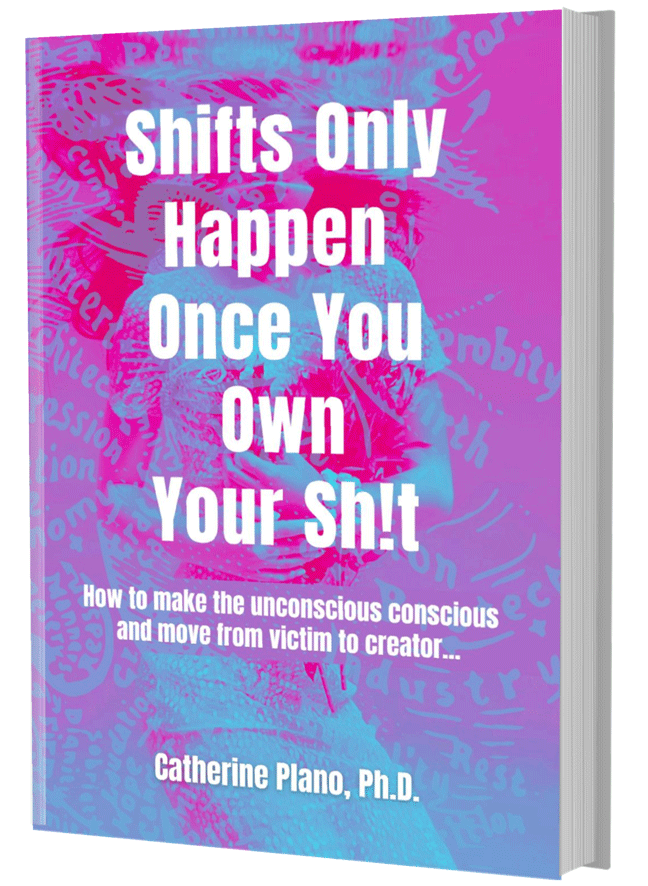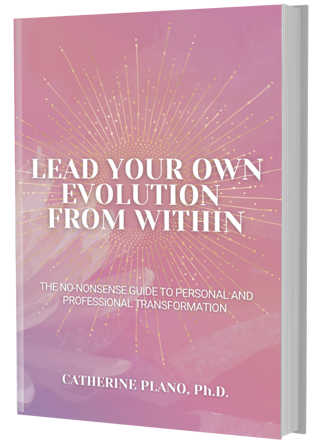If you are a human being, you face conflict. All the time.
A mere 10% of conflict is due to difference of opinion and 90% is due to the wrong tone of voice. For creative ideas and genuine innovation, we need human interaction, dispute and debate.
It’s necessary.
And inevitable.
Just think about it. You don’t agree with every single person on this planet, right? Your needs have to be met. You may want to avoid conflict to keep the peace, but you are starting a war inside of yourself.
The goal of resolving conflict in a relationship is not victory or defeat. Quite the contrary. It’s reaching, understanding and letting go of your needs to be right.
Different styles, different interpretations
Did you know that by the time we reach the age of 85 years old, we would have spent 4 years of our life being ‘present’? It means that we invest 75% of our day focusing on the outside (external focus) rather than being right here, right now in the ‘present’.
Just knowing that, how can we judge another, let alone insist we are right about something when we are not ‘present’ most of the time?
Conflict never happens between two people. It’s the way we translate the information we receive. It’s how we interpret or give meaning to the conflict.
We all access a distinct conflict style when we are in a sticky situation. We all have the power to elicit certain traits, or what I like to call superpowers.
Conflict is often best understood by exploring the consequences of individual behaviours. Each style is a way to meet one’s needs in a conflict that may affect other people in a different way.
Competition makes us faster
According to Thomas-Kilmann, we have five conflict management styles.
The first style is competing. It is what we call a win-lose approach, where your own individual needs are encouraged and reinforced over the needs of others.
In the competing style, you may come across as assertive, forceful and confident. When communicating, the other may interpret your behaviour as ‘pushy’ because all you have in mind is to ‘win’. Therefore, you have zero interest in the impact your conflict may have on the other human being, which may be quite intimidating for them.
Those who have a drive for the ‘competitive’ style tend to seek control over a discussion because they fear that the loss of control will result in failing to meet their needs.
As you can see, the competing style increases the level of threat in a conflict. Consequently, you are likely to lose respect altogether.
Don’t forget – people will always remember how you made them feel.
Being very polite and accommodating
The next conflict style is accommodating, also known as the peacemaker or the helper. Accommodating is quite the opposite to competing, where the approach is rather direct, in your face and with force.
A person who leans towards the accommodating conflict style puts the needs of others before their own. They try to be polite and strategic, coming across as a bit of a diplomat.
Quite often, they would be labelled as a ‘people pleaser’, where they cooperate immensely but at the cost of their own needs. As a result, it takes them away from their own goals, dreams and desires.
Trying to please everyone is a recipe for stress, anguish and frustration.
The accommodating style tends to allow the needs of the group and other individuals to overwhelm their own. The ‘peacemaker’ may not ever state it either, precisely to not cause any conflict. The relationship is of great importance and they would do whatever it costs to savour it.
The art of life is avoiding pain
The next conflict style is avoiding, when one simply refrains from talking about the conflict altogether. It may come across as if the person doesn’t care because they do not have a voice. They are definitely not helping the other by not pursuing their own needs.
The avoiding style is a common reply to any negative conflict. ‘Maybe if I don’t mention anything, this will blow over.’
However, all that does is make the individual feel more frustrated when the conflict is swimming around in their belly like a shark on the hunt for food. From there, the conflict goes on unexpressed, festering until it becomes too big for their little shoulders to carry.
Like any malady that can be cured once detected and treated in the early stages, it will disappear. Alternatively, when you let it smoulder, it can grow big. It can spread. It can become unsurmountable pain, all because you are ‘avoiding’ the expression of your conflict.
It leaves you frustrated and lost for words to the point where you are prepared to lose your relationship. In turn, the other is left feeling confused, wondering what they did wrong for it to end.
Life is a compromise between your feelings and reality
After that, the compromising conflict style can end up being a lose-lose scenario, where one never really accomplishes what they want as a whole.
For every compromise, there is a trade-off or an exchange. A little give and a little take.
A little compromise is okay, but when you start to compromise your morals and yourself entirely, over and over again, for the others around you, it is a definite sign that it is time for you to move on. You are completely leaving yourself out of the picture and not allowing your needs to be met.
In this space, we remain embodied by our own perceptions of our needs and we don’t necessarily understand others’ needs very well. We often cling to the absence of trust and avoid taking risks.
Collaboration makes us stronger and better
In the final conflict style, we lean towards a more collaborative approach. Collaborating is when we work together as a team. There is a partnership approach in solving our conflict. It is seen as a win-win approach.
Those that resonate with the collaborating style are fantastic at reframing a scenario or a tricky situation.
Collaborating is when we put all the needs of the individuals into one bowl and mix all the ingredients to end up with a perfect cake. The cake is the delicious solution.
Collaboration requires absolute communication and cooperation in order to achieve an exceptional outcome.
Here, there is no problem; there are many opportunities and possibilities to work through a conflict.
Self-awareness creates solutions
You see, conflict is important to our wellbeing.
We can’t avoid it.
It is here to stay.
The choice is up to us. We decide how we become aware of our own patterns and our default unconscious ways through which we play out conflict. This gives us a base, a way we can explore, examine and delve into an alternative approach.
Self-awareness of these different conflict styles will help you be more effective in finding a solution when you are in one of those challenging situations.
There is a saying, ‘Don’t worry when we argue, worry when we stop because it means there is nothing left for us to fight for.’ As Thomas Crum explains, the number one goal in resolving a conflict is to make sure both sides maintain their self-esteem.
Resolving conflict is rarely about who is right. It is about acknowledgement and appreciation of differences.





